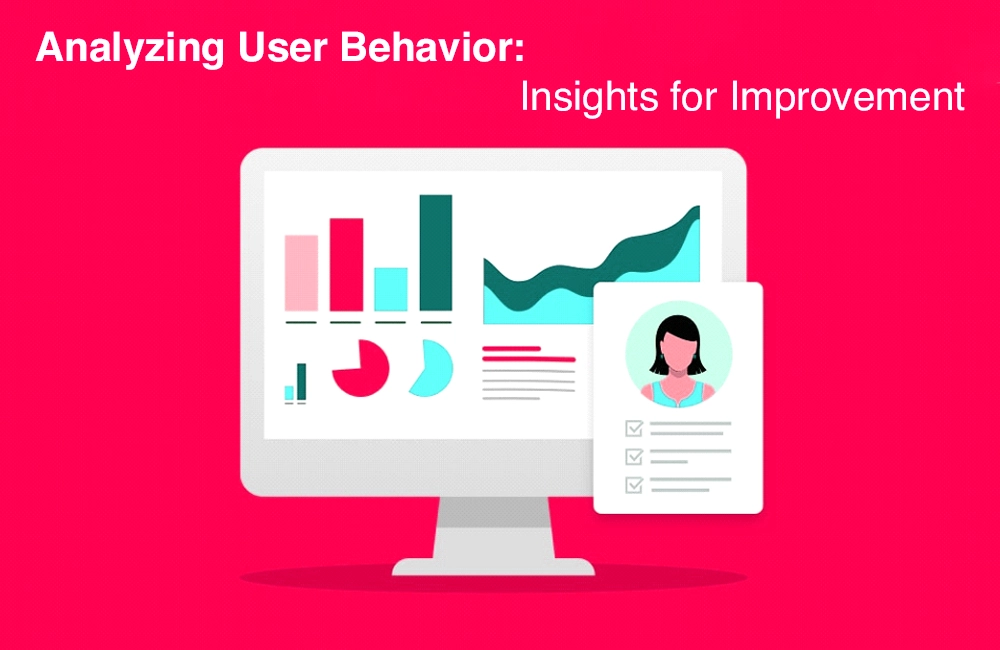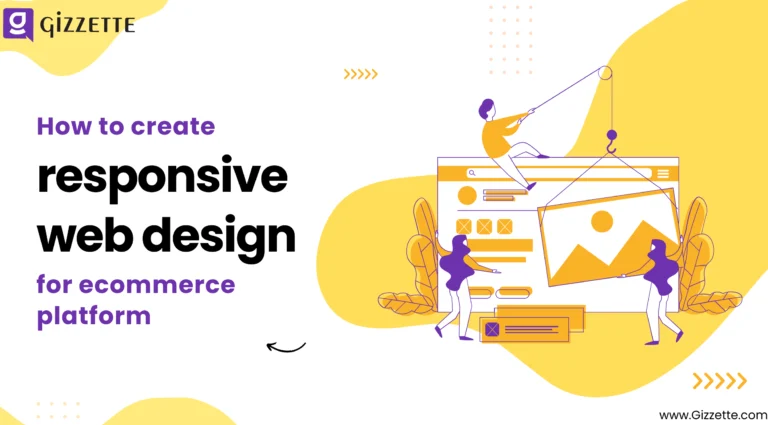In today’s digital age, a well-designed website is more than just a virtual storefront; it’s a powerful tool that can significantly impact the success of your business. The design of your website plays a crucial role in shaping your online presence. It can directly influence how potential customers perceive your brand, navigate your offerings, and ultimately make purchasing decisions. In this article, we’ll explore the various ways a website design can profoundly impact boosting your business.
1. First Impressions Matter: The Power of Visual Appeal
When users land on your website, they form an initial impression that can last. A visually appealing and professional UX/UI design can immediately establish credibility and trust with your audience. A cluttered or outdated UX/UI design, on the other hand, might drive visitors away before they even explore what you have to offer.
2. User Experience (UX): Navigating with Ease

UX design in your website development plays pretty important role in enhancing your business. Smooth navigation is paramount in keeping visitors engaged. A well-structured layout, intuitive menus, and clear calls to action guide users through your website effortlessly. A seamless user experience enhances the likelihood of conversions, whether making a purchase, signing up for a newsletter, or reaching out for more information.
3. Mobile Responsiveness: Reaching a Wider Audience

In an era of ubiquitous mobile browsing, a responsive website design is non-negotiable. Mobile-friendly designs ensure that your site looks and functions well on various devices, capturing users’ attention constantly on the go.
4. Search Engine Visibility: The SEO Connection
An intelligently designed website considers search engine optimization (SEO) from the ground up. Properly structured headings, Meta tags, optimized images, and fast loading speeds contribute to better search engine rankings, driving organic traffic to your site and online business.
5. Building Brand Identity: Consistency is Key

Your website is a digital extension of your brand. Consistency in design elements, color schemes, typography, and messaging reinforces your brand identity across all touchpoints. A strong brand presence fosters recognition and trust among customers. If you are looking for advanced business solutions click here.
6. Showcasing Products and Services: Visual Storytelling
A well-designed website offers a platform to showcase your products or services through captivating visuals and engaging Content. Utilizing high-quality images, videos, and interactive elements can effectively communicate the value you bring to your customers.
7. Capturing Leads: Effective Forms and CTAs

Strategically placed call-to-action buttons and lead capture forms can convert casual visitors into valuable leads. A compelling design guides users’ attention toward these elements, encouraging them to take action and provide their contact information.
8. Loading Speed: The Need for Speed
In today’s fast-paced world, users need more patience for slow-loading websites. A well-optimized design minimizes unnecessary elements, ensuring swift loading times. This enhances the user experience and contributes to better search engine rankings.
9. Trust and Credibility: Security and Professionalism

A secure and well-designed website instils confidence in visitors. Implementing security measures, such as SSL certificates, and showcasing trust badges can reassure users that their information is safe, fostering a sense of credibility and professionalism.
10. Adaptability and Scalability: Growing with Your Business
As your business evolves, so do your website requirements. A scalable design allows for easy integration of new features and functionalities, ensuring your website can accommodate your business’s growth without undergoing a complete overhaul.
11. Analytics and Insights: Informed Decision-Making

A well-designed website can be integrated with analytics tools that provide valuable insights into user behaviour, demographics, and preferences. This data empowers you to make informed decisions, refine your strategies, and tailor your offerings to serve your audience better.
12. Competitive Edge: Standing Out in the Crowd
An attractive website design sets you apart from the competition in a crowded online landscape. An engaging design can leave a lasting impression, making users more likely to remember and choose your brand over others resulting in boosting your business.
13. Building Relationships: Engaging Content

Content is a cornerstone of effective web design. Engaging blog posts, informative articles, and interactive content can establish your authority in your industry, build a community, and foster meaningful relationships with your audience.
14. Social Media Integration: Extending Reach
Integrating social media platforms into your website design can broaden your reach. Visitors can easily share your Content, products, or services, turning your website visitors into brand advocates.
14.1 Cross-Platform Sharing
Share your Content across social media platforms like Facebook, Instagram, Twitter, and LinkedIn. This enables your audience to interact with your Content on their preferred platforms, increasing the likelihood of engagement.
14.2 Consistent Branding
Maintain consistent branding elements like profile pictures, cover images, and color schemes across all your social media accounts. This enhances brand recognition and helps users quickly identify and connect with your content.
14.3 Content Adaptation
Tailor your Content to suit the specific characteristics of each social media platform. What works on Instagram might be better for LinkedIn. This customization enhances the relevance of your Content and improves user engagement for your business.
15. Continuous Improvement: Evolving with Trends
The digital landscape is constantly evolving, and so should your website. Regularly updating and refining your website design to incorporate the latest trends and technologies ensures that your website remains relevant and appealing to modern users.
16. Analyzing User Behavior: Insights for Improvement

Through collecting and analyzing data points such as browsing patterns, click-through rates, and engagement metrics, organizations can decipher their audience’s preferences and pain points. This deeper understanding allows for the refinement of user interfaces, the customization of Content, and the creation of more personalized interactions, ultimately fostering a seamless and user-centric digital landscape.
17. Adapting to Trends: Staying Relevant
This exploration explores into the art of adapting to trends to stay relevant. We will uncover the strategies and principles that empower individuals and organizations to navigate the ever-changing currents of innovation and change. From harnessing the power of continuous learning to embracing technological advancements and fostering a culture of creativity, each facet plays a pivotal role in shaping a future where relevance is achieved and sustained.
18. Accessibility for All Users
The concept goes beyond catering solely to individuals with disabilities; it encompasses a broader commitment to inclusivity, acknowledging the diverse range of users with varying needs and preferences. Creating products, services, and environments that are universally accessible not only adheres to ethical considerations but also makes practical business sense.
By implementing features such as alternative text for images, screen reader compatibility, intuitive navigation, and adaptable font sizes in your website design, organizations can extend their reach to a broader audience, enhance user satisfaction, and demonstrate a dedication to fostering an equitable digital environment for everyone.
Conclusion
In conclusion, the impact of an effective website design on your business must be balanced. From leaving a positive first impression to fostering trust, boosting SEO rankings, and driving conversions, every element of your website’s design plays a vital role in enhancing your business’s success. For more information Please DoFollow Facebook, Instagram, LinkedIn and Twitter(X)
FAQs
Q1: How do I know if my current website design needs improvement?
It might be time for a redesign if your website needs to be updated, easier to navigate, or aligned with your brand’s identity. Regularly assessing user feedback and analyzing metrics can also provide insights into areas that need enhancement.
Q2: Can I design my website independently or hire a professional?
While DIY website builders are available, hiring a professional web designer can ensure a polished and tailored result. Professionals understand website design principles, user experience (UX), and the technical aspects required for an effective website.
Q3: What is a responsive web design, and why is it important?
Responsive web design ensures that your website adapts to different screen sizes and devices, providing a seamless experience for users. With most users browsing on mobile devices, responsive design is crucial for reaching a broad audience.
Q4: How often should I update my website’s design?
There’s no set timeframe, but evaluating your website design every 2-3 years is recommended. However, if significant changes in your brand, industry trends, or user preferences exist, more frequent updates might be necessary.
Q5: Can a website design improve my search engine rankings?
Yes, a well-optimized design can contribute to higher search engine rankings. Elements like fast loading speeds, mobile responsiveness, and proper use of headings and meta tags can positively impact your SEO efforts.







Leave a Comment